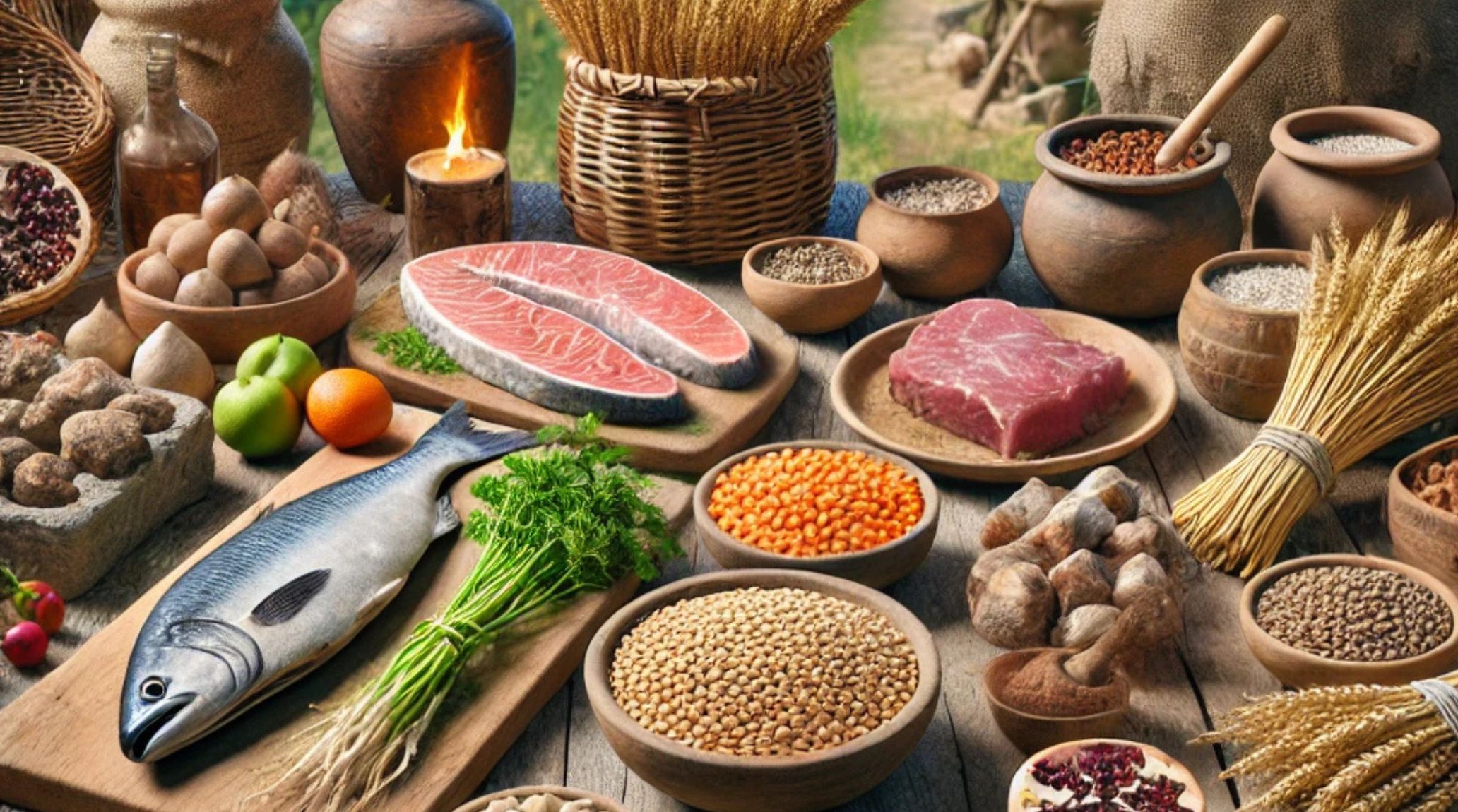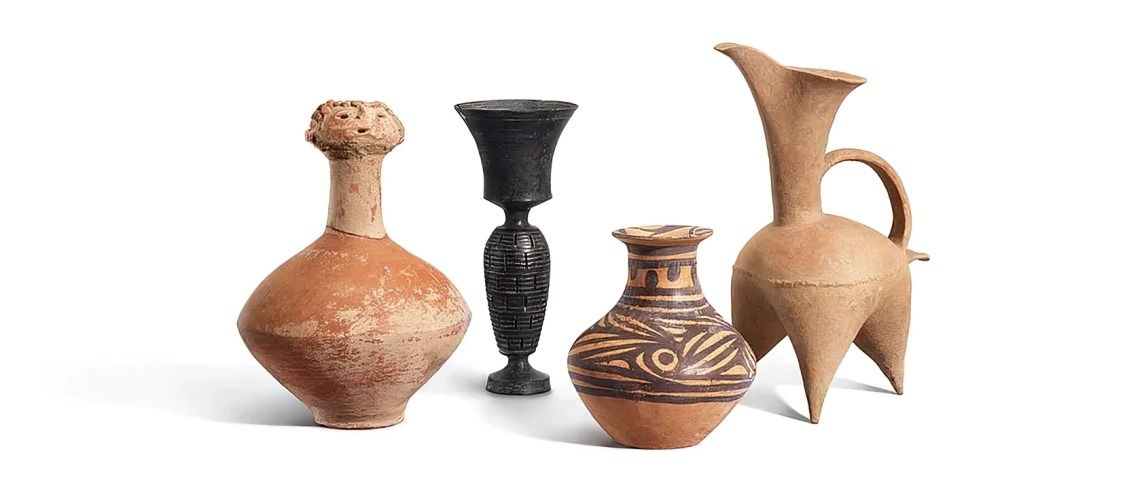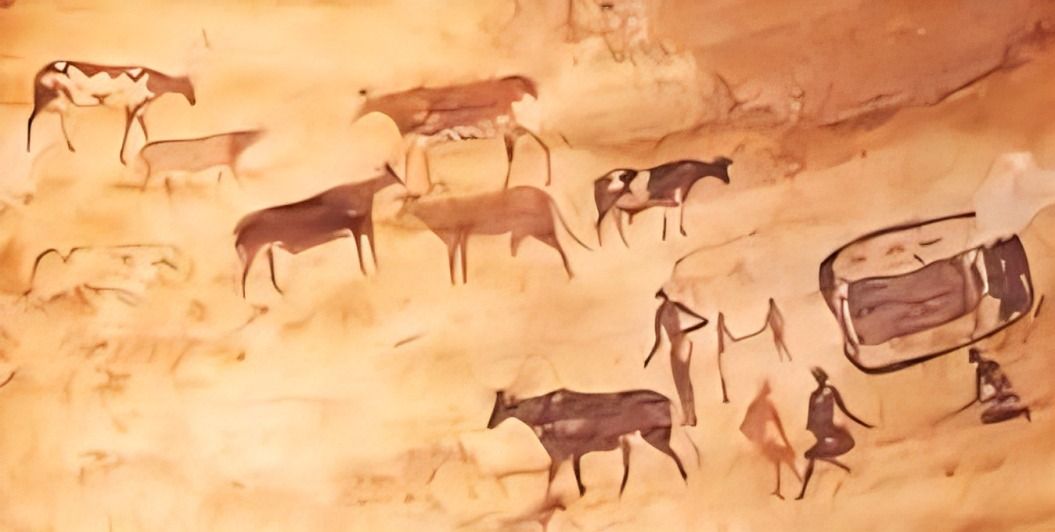
“
Interesting Facts About Neolithic Diet provide valuable insights into the eating habits of our ancient ancestors. This blog presents 20 interesting facts about Neolithic diet, exploring how early humans transitioned from foraging to agriculture. Their diet consisted of a variety of foods, including grains, legumes, fruits, and domesticated animals, reflecting a significant shift in lifestyle and nutrition. Understanding the Neolithic diet helps us appreciate how these early dietary choices influenced health, culture, and social structures. Join us as we delve into the culinary world of the Neolithic era and discover what shaped the diets of our forebears.1
”
Neolithic diets revolutionized food consumption by transitioning from foraging to farming, introducing staples like wheat and barley, and enabling permanent settlements that reshaped human life. 1
Neolithic people were early pioneers of herbal medicine, utilizing various plants not just for nutrition but also for their medicinal properties, laying the groundwork for herbal practices that continue today. 2
Many Neolithic communities cultivated edible flowers and seeds, such as calendula and sunflowers, enriching their diets and demonstrating an appreciation for flavors, colors, and nutritional variety beyond just traditional crops. 3

The emergence of specialized cooking tools, like clay pots and wooden utensils, transformed food preparation. These innovations allowed for greater culinary experimentation, enabling Neolithic people to create diverse dishes and improve their dining experiences.
During the Neolithic era, grinding stones emerged as essential tools, enabling people to efficiently process grains into flour. This innovation revolutionized food preparation and paved the way for the beloved staple of bread, a cornerstone of human diets. 4
Innovative food preservation methods, such as drying and fermenting, allowed Neolithic communities to store surplus harvests, showcasing their resourcefulness and ability to manage food supplies. 5

Animal domestication introduced dairy and meat into the Neolithic diet, with goats, sheep, and cattle providing essential proteins and fats, enriching the nutritional landscape.
Neolithic diets were rich in a diverse array of nuts and seeds, with staples like hazelnuts and acorns showcasing the vital role of wild resources in providing essential nutrients and energy for early human communities. 6
These early agriculturists were among the first brewers, producing beer and showcasing its cultural significance in social gatherings, enriching community life with fermented beverages. 7
Food diversity depended on region and climate; Neolithic communities adapted their diets to local resources, leading to unique culinary traditions across different geographical landscapes. 8

Fishing supplemented the Neolithic diet, especially in coastal areas, where rivers and lakes offered a wealth of nutritious seafood, demonstrating adaptability and resourcefulness in food gathering.
Surprisingly, Neolithic diets were healthy, rich in fiber and nutrients. Whole grains, fruits, and vegetables contributed to better health, contrasting sharply with later refined diets. 9
Culinary practices varied widely, utilizing cooking methods like boiling and roasting. Pottery from this era reveals innovative food preparation techniques that enriched flavors and meal experiences. 10
Wild game, including deer and boar, supplemented the diet, providing lean protein and showcasing the resourceful hunting practices of Neolithic communities thriving in diverse ecosystems. 11

Neolithic farmers practiced crop rotation and intercropping, enhancing soil fertility and yields, and showcasing a sustainable approach that ensured diverse food sources for growing populations.
Neolithic people understood plant cultivation deeply, selectively breeding crops for improved yields and flavors, laying the foundation for modern agriculture and ensuring food security. 12
Food held spiritual significance, often tied to rituals. Offerings to ancestors and deities reflected the profound connection between diet, culture, and spirituality in Neolithic life. 13
Increased food availability spurred population growth during the Neolithic Era. As communities expanded, larger settlements formed, setting the stage for complex societies and shaping human history. 14
Trade flourished among Neolithic communities, as surplus food was exchanged, facilitating the spread of agricultural knowledge and diverse food practices, enriching diets, and fostering cultural connections. 15
These early farmers enjoyed a diverse diet, incorporating grains, legumes, fruits, and vegetables while also hunting wild foods, and blending cultivation with foraging for optimal nutrition. 16


